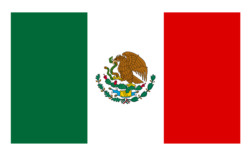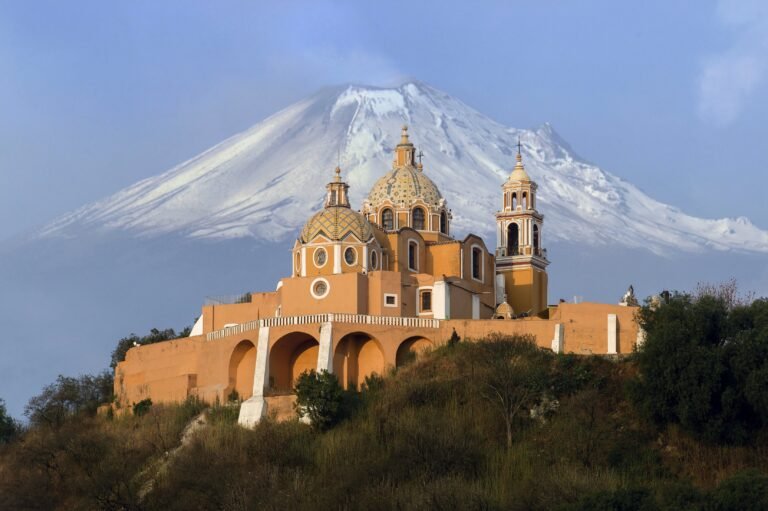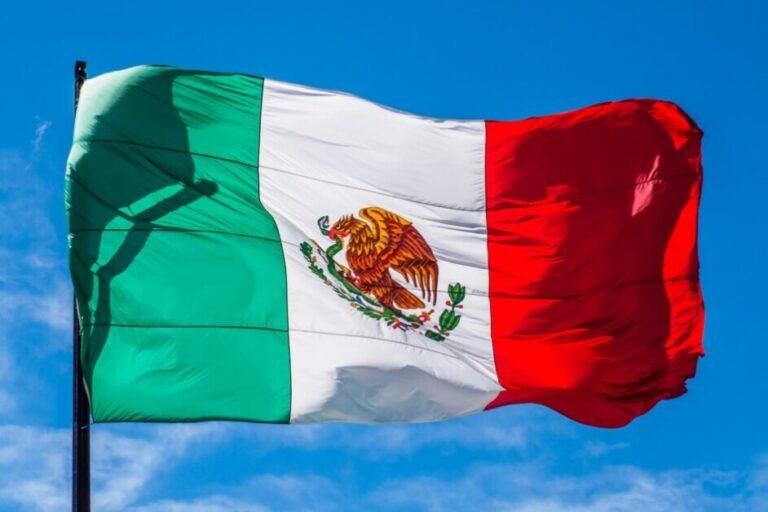What Was The Flag Of War In Mexico?
Did you know that Mexico holds a rich history when it comes to their flag? A symbol that represents their culture and identity, the flag of Mexico has undergone various changes throughout the years. In this article, we will explore the fascinating journey of the Mexican flag, from its early origins to the flag of war that was used in historic battles. Discover the meaning behind the colors, the symbolism behind the emblem, and the significance of this iconic flag in Mexican history. Join us on this captivating exploration of the flag of war in Mexico.

Historical Context of the Mexican Flag
The Mexican Flag: A Symbol of Independence
The Mexican flag holds significant historical importance for the country as it represents its struggle for independence. The origins of the Mexican flag can be traced back to the early 19th century when Mexico sought to break free from Spanish colonial rule. The flag served as a unifying symbol for Mexicans during their fight for independence, instilling a sense of pride and identity in the hearts of the people.
The Evolution of the Mexican Flag
The Mexican flag has undergone several iterations throughout history. Initially, the flag used during the War of Independence featured a green background with a central white stripe signifying the purity of the Mexican cause. Over time, various elements were added and modified, transforming the flag into its current form. The modern Mexican flag we know today consists of three vertical stripes: green on the hoist side representing hope, white in the middle symbolizing purity, and red on the right side representing the bloodshed of the Mexican people.
Flag of War: Role in Mexican Conflicts
The Mexican-American War (1846-1848)
During the Mexican-American War, the Mexican flag stood as a strong symbol of resistance against foreign invasion. The war, triggered by territorial disputes between Mexico and the United States, witnessed the Mexican flag flying high on numerous battlefields. It became a rallying point for Mexican soldiers as they fought to defend their homeland, their flag waving proudly in the face of adversity and defending their national sovereignty.
The Mexican Revolution (1910-1920)
The Mexican Revolution marked a pivotal period in Mexican history, and the flag played a crucial role in this tumultuous time. As factions clashed and power struggles ensued, different groups fought for their own interpretations of what Mexico should become. The flag became a symbol that united the revolutionaries, representing their shared desire for freedom, justice, and the creation of a more equal society.
The Cristero War (1926-1929)
The Cristero War, also known as the Cristiada, emerged as a conflict between the Mexican government and the Cristero rebels, a group of Catholic militants opposing anti-clerical policies. The flag of Mexico figured prominently in this strife, with both sides believing they were defending the true essence of Mexican identity. The Cristeros’ use of the flag demonstrated their allegiance to their faith and their fight against what they perceived as religious oppression.

Design and Symbolism of the Flag of War
Color Palette and Layout
The Mexican flag is a tricolor banner with vertical stripes of green, white, and red. The green stripe represents the nation’s hopes and aspirations, while the white stripe symbolizes the purity of Mexican ideals. The red stripe serves as a reminder of the sacrifices made by the Mexican people throughout history. The layout features the green stripe on the hoist side, followed by the white stripe in the middle, and the red stripe on the right side.
National Emblem: The Eagle and the Serpent
At the center of the Mexican flag lies the national emblem, which showcases an eagle perched atop a cactus while devouring a serpent. This iconic imagery has its roots in ancient Aztec mythology, where it was believed to be a sign from the gods designating the location of their new capital, Tenochtitlan. The eagle and serpent on the flag represent the continuous struggle between good and evil, with the eagle symbolizing courage and the serpent representing the forces of darkness.
Symbolism of the Colors
Each of the colors on the Mexican flag holds its own symbolic meaning. Green represents the lush landscapes and fertile lands of Mexico, symbolizing hope for a prosperous future. White embodies unity, purity, and honesty, guiding the Mexican people in their pursuit of justice and righteousness. Red signifies the bloodshed of the Mexican heroes who fought and sacrificed their lives for their country’s freedom, reminding the nation of their brave ancestors and the struggles they endured.

The Flag of War Today
Use in Official Ceremonies
The Mexican flag continues to be an integral part of official ceremonies and events in modern-day Mexico. It is prominently displayed during national holidays, such as Independence Day and Flag Day, which commemorate Mexico’s rich history and the struggles of its people. The flag serves as a unifying symbol, evoking a sense of patriotism and national pride in the hearts of all Mexicans.
Displaying the Flag of War
Displaying the Mexican flag is a matter of great respect and adherence to proper etiquette. The flag should always be handled with care and flown high with dignity. When raising the flag, it is essential to ensure it is done slowly and with reverence. Additionally, proper illumination should be provided when displaying the flag during the night. Mexicans take great pride in properly displaying their flag as a mark of respect for their nation’s history and the sacrifices made in pursuit of freedom.
Public Perception and Controversies
Though the Mexican flag is widely revered, it has not been exempt from controversy and differing interpretations. Some individuals and groups may have different perspectives on its symbolism, leading to debates and discussions within Mexican society. However, overall, the Mexican flag is regarded as a unifying emblem that transcends political and social divisions, connecting all Mexicans through a shared history and a collective sense of identity.
In conclusion, the Mexican flag is more than just a piece of colored fabric; it represents a nation’s struggle for independence and its resilience in the face of adversity. Through its design and symbolism, the flag stands as a visual manifestation of Mexico’s rich history and the sacrifices made by its people in their pursuit of freedom. Today, the flag continues to instill pride and unity among Mexicans, serving as a powerful reminder of their shared heritage and the hope for a brighter future.









